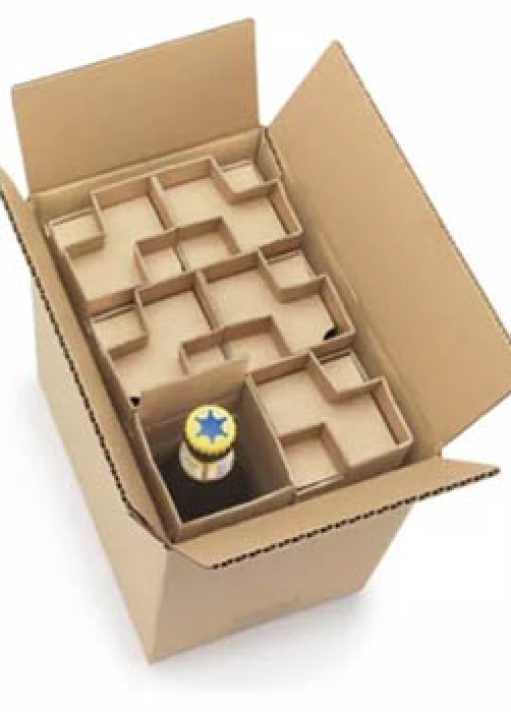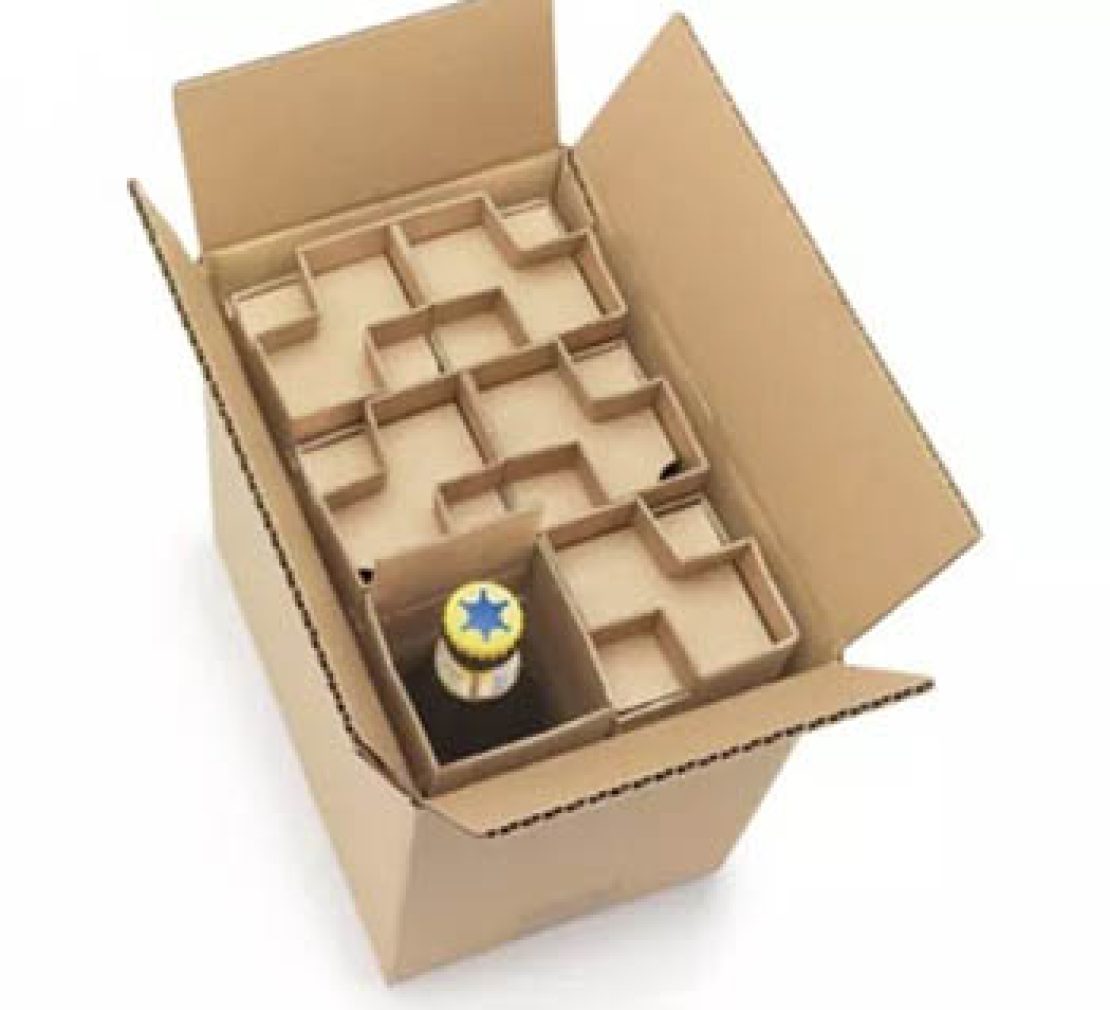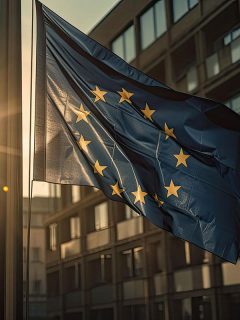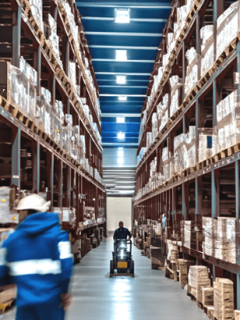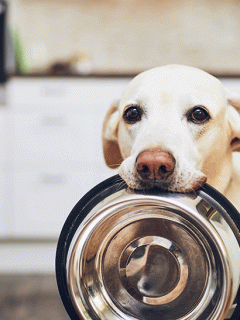Everybody packs… The mail-order business in Germany climbs new peaks every year and is experiencing another high thanks to Covid-19. Packaging plays the role of the “hidden champion”: nothing works without it, because the raison d’être of packaging is its very purpose: protection.
For an online retailer, it is therefore not an option to leave out the packaging or padding. A product that arrives damaged at the customer would not be good for the image. Returns and re-shipping also mean an additional burden on the environment and the wallet. So a minimum of packaging is needed. And that’s what it’s all about: a (minimum) measure – “Conscious and sustainable packaging!” say the packaging professionals, because protection is sustainable.
No business without sustainability
Packaging has always had 5 main tasks: product protection, appealing product presentation, branding, the unpacking experience – i.e. generating the WOW effect – and of course the communication function.
But what is new?
In future, customers will also choose their suppliers according to the aspect of sustainability. According to a PwC survey, sustainable packaging is important to 85% of consumers. Already 52% specifically look for products with environmentally friendly packaging. And everyone should wake up here at the latest: In the future, it will ONLY be possible to do business with environmentally friendly packaging habits. Customers will actively deselect suppliers who neglect the issue.
5 packaging principles for orientation
It’s a well-known fact that packaging ends up being rubbish. The B2B packaging retailer RAJA is also aware of this and therefore talks very clearly with its customers about sustainable packaging. There are five criteria for orientation:
- Reduce
According to a 2018 Forbes study, 60% of deliveries contain more than 25% empty packaging. So the goal is to choose the right packaging for your product, meaning packaging only as big as necessary and with just enough cushioning protection to ensure your goods arrive safely. This is the be-all and end-all.
It saves packaging costs, postage and, thanks to better utilisation of transport vehicles, also CO².
-
Reuse
Aim to get the maximum benefit out of packaging. Use packaging with multiple benefits and a long shelf life, e.g. packaging that is suitable for both outward and return transport in the shipping department or warehouse. Add value to the packaging – e.g. QR code with additional info, product videos, etc. Personalise your packaging to make it a brand ambassador. This will sustainably improve your brand awareness and, at the end of the day, your business success.
-
Replace
Clearly, replace traditional packaging materials with more sustainable ones. For example, switch to wet paper tape or paper air pillows. Use stretch film made from recycled material or bags made from bio-based or rapidly renewable raw materials such as glassine bags in anenvironmentally friendly way.
-
Regrow
Packaging made from renewable raw materials, such as vegetable starch or PLA, helps reduce our environmental impact.
-
Recycle
The goal is to achieve a circular economy. Pay attention to the recyclability and recycled content of the packaging products.
Circular economy as a goal
The keyword circular economy is heard again and again. What good are recyclable products if no one recycles them in the end? In Europe, for example, only 30% of plastic waste is actually recycled. Thus, sustainable raw materials and easily recyclable materials play a major role in packaging. RAJA works closely with suppliers to expand its range of innovative and environmentally friendly products. In order to minimise transport distances, RAJA also attaches importance to a sustainable, European purchasing policy. The packaging professional offers, for example, a hand stretch film exclusively on the market that consists of 80% recycled material, has won the Oscar d’Emballage and thus shows that sustainable packaging is possible.











